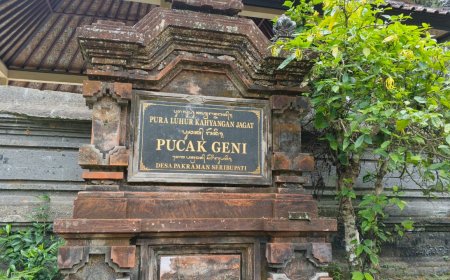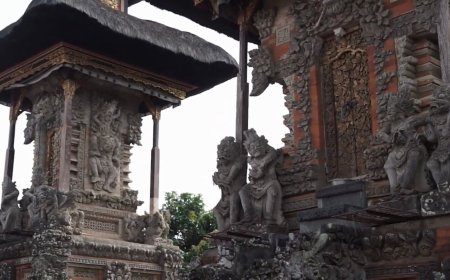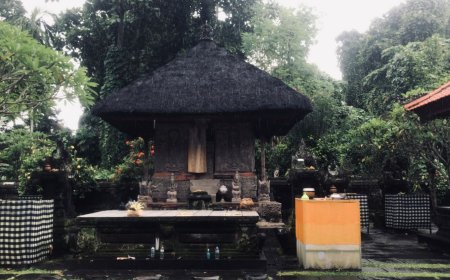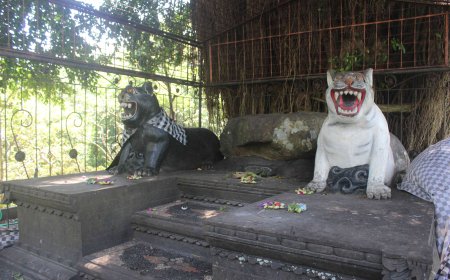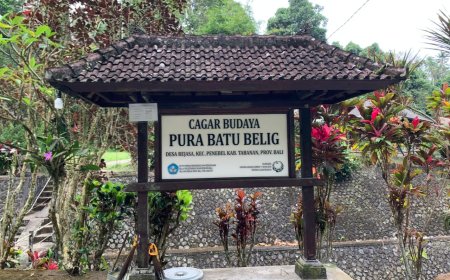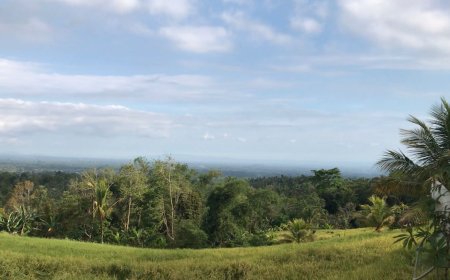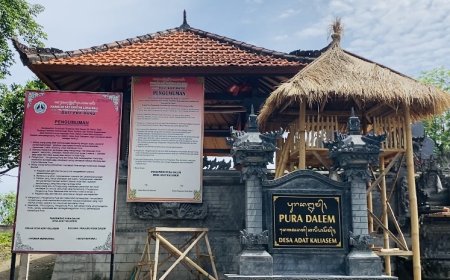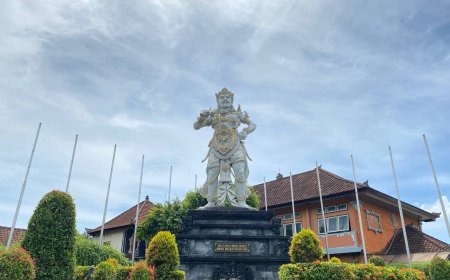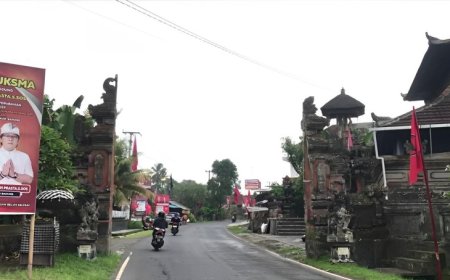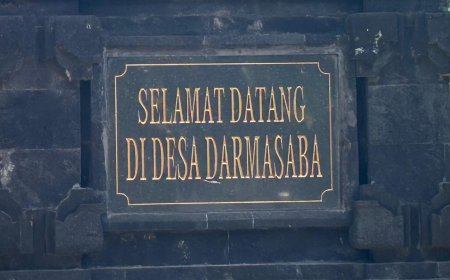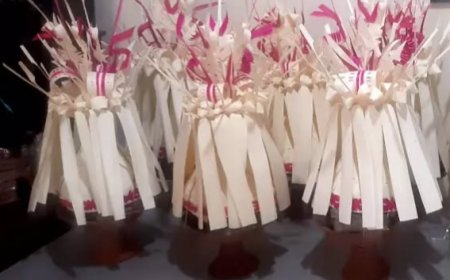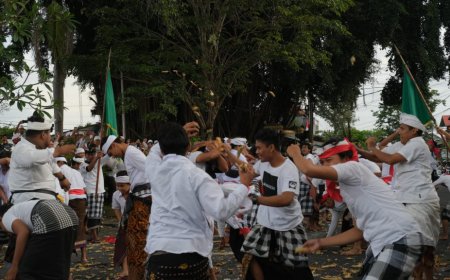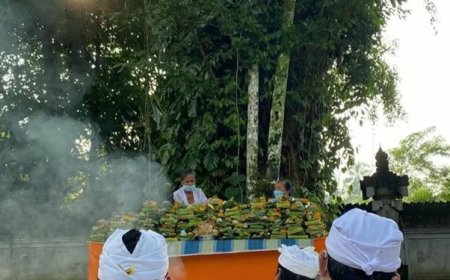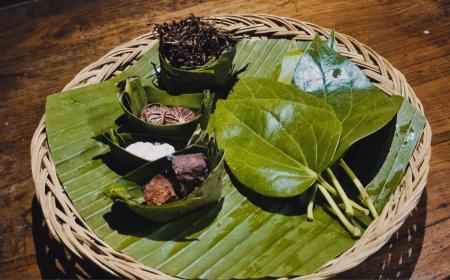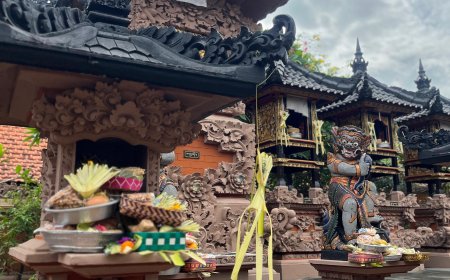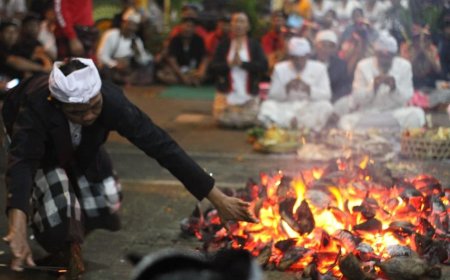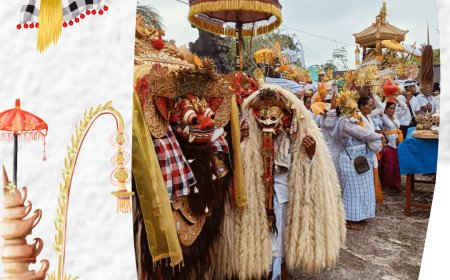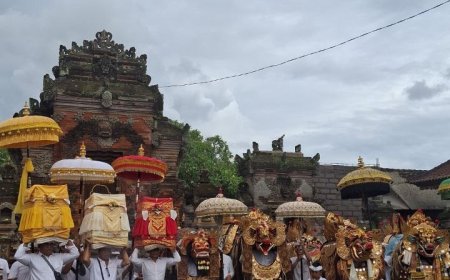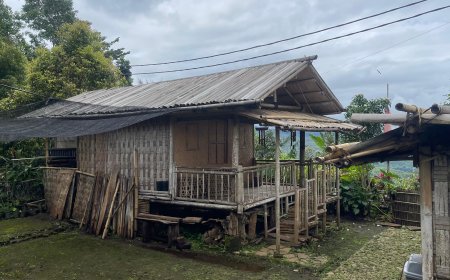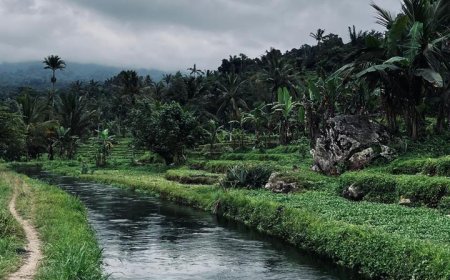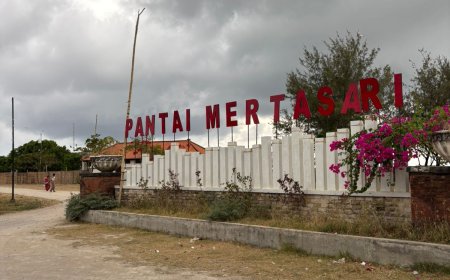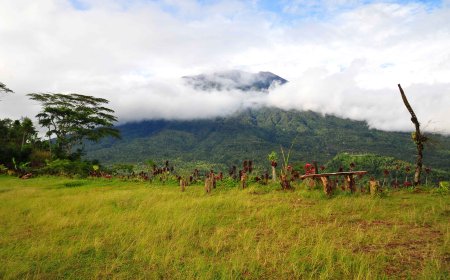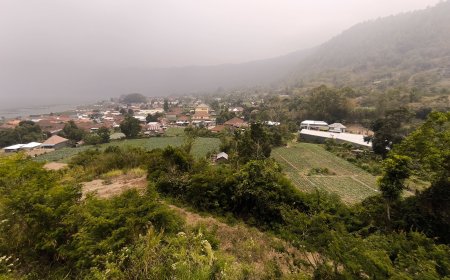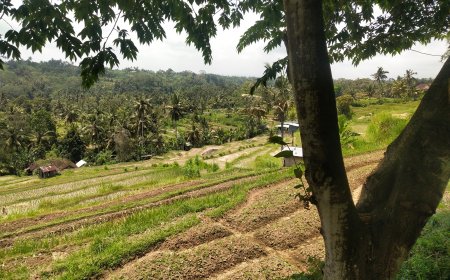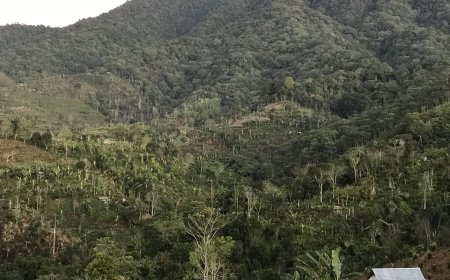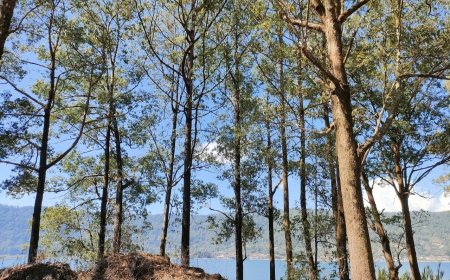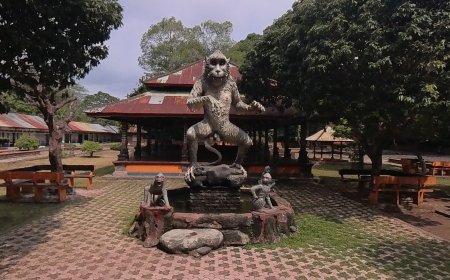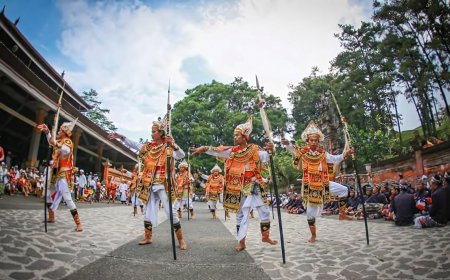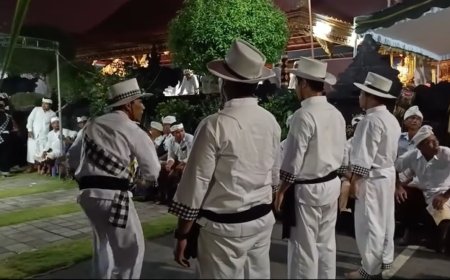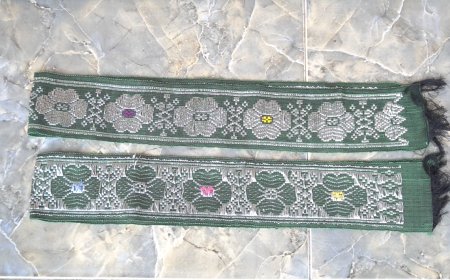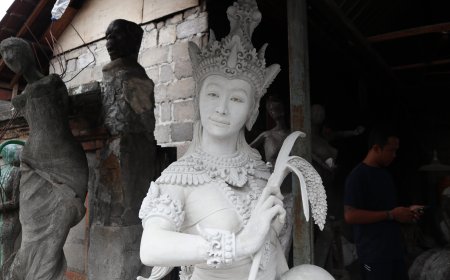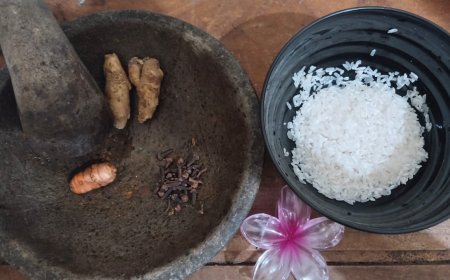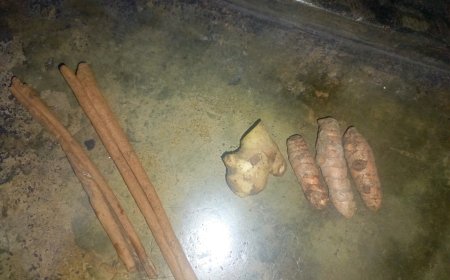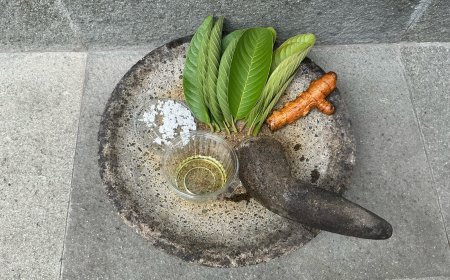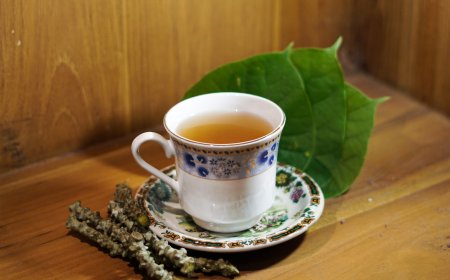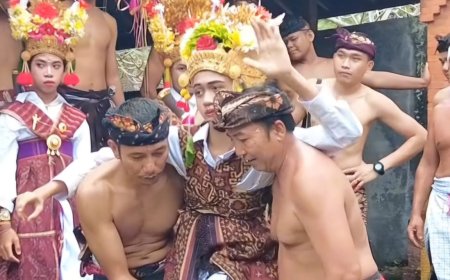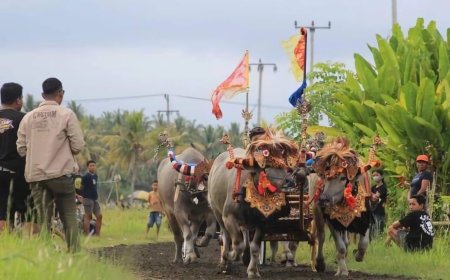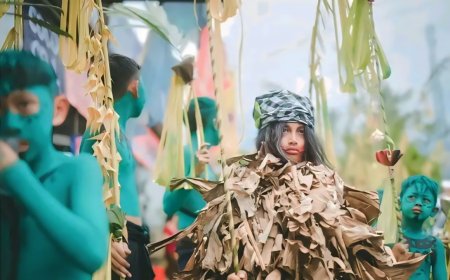Nyepeg Sampi: Cultural Heritage of the Asak Traditional Village
Born in Bali's rich cultural heritage, Asak Traditional Village amazes with its deep history and traditions. Located on the eastern tip of the island, this ancient village is a guardian of local wisdom, presenting authentic Balinese culture through mesmerizing dances, melodious music and traditional ceremonies.
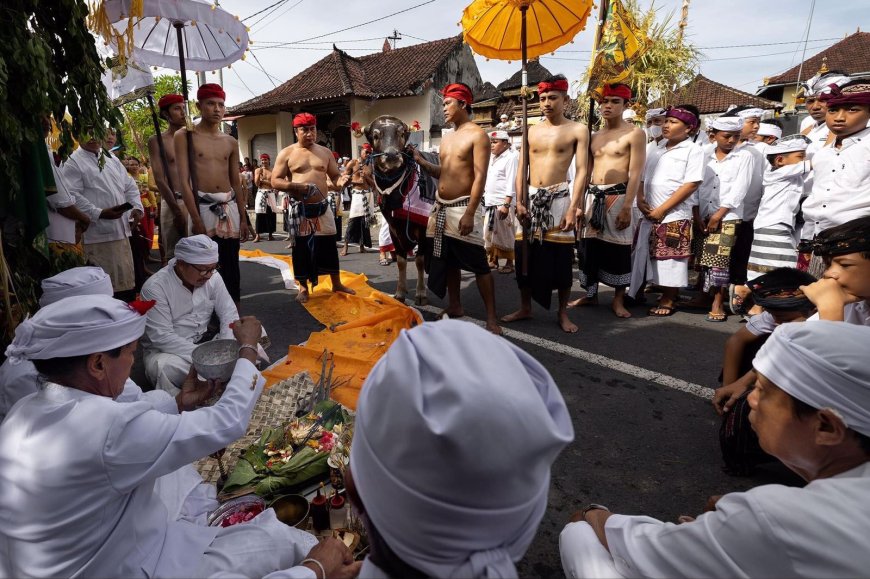
Bali Island, known as a paradise island with its stunning natural beauty, also holds a rich cultural treasure. One of the prominent traditional villages in Bali is Asak Traditional Village, a place on the eastern tip of the island which is not only a tourist destination but also a guardian of cultural heritage that has been passed down from generation to generation. Asak Traditional Village is located in Karangasem Regency, precisely in Dinas Asak Village, Pertima, Karangasem District. This village is not just an ensemble of buildings with typical Balinese architecture such as temples, banjars and wantilans, but also a silent witness to a long journey and cultural conservation. The specialty of Asak Traditional Village lies in its ability to maintain and preserve unique traditions that have become an integral part of everyday life.
The tradition that attracts the attention of many people is the "Penyepegan Sampi Tradition," a rare event that adorns the daily life of the Asak Traditional Village. This ritual is carried out once a year on Sasih Kawulu or the eighth month according to the Balinese calendar. Interestingly, this ritual is not only a warning for village residents, but also an attraction for tourists who want to experience the unique, authentic Balinese culture. The "Penyepegan Sampi Tradition" procession is started by traditional teruna, namely young people who have gone through a series of ceremonial processions and have legally become traditional teruna. These traditional young people then go through the process of purchasing cows which must be perfect and without physical defects. The cattle purchased are kept and cared for with great respect. Before the penyepegan procession, the cow is bathed in a sacred bathing place, adding to the sacredness of the event. Before the main event of penyepegan, there are preparations for the upakara or offerings, as well as a series of stages such as nyaga-nyaga, pecaruan, and others. Cows that have been well cared for are then paraded around the village, decorated, and spun once before arriving at the benchmark temple. At this temple, the cow is held for a ceremony, released, and the tradition of penyepegan is carried out.
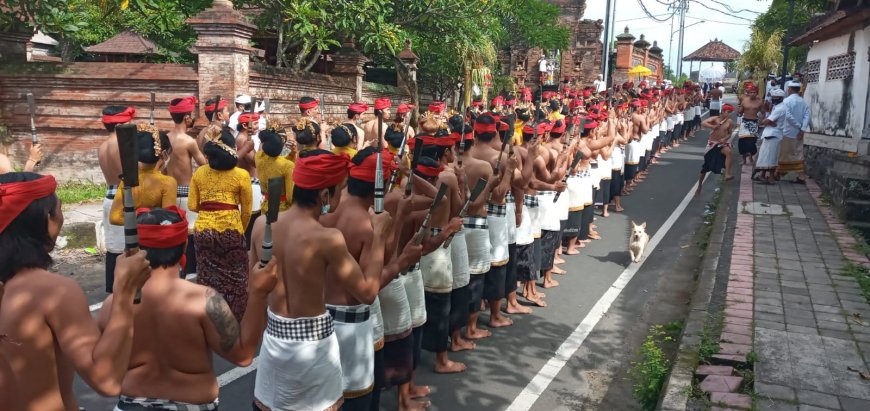
Taradisi Nyepeg Sampi (Source: Customary Documentation)
This tradition has strict rules that must be followed by indigenous youth, such as the prohibition on cutting the tail and head of the cow. The tools used must also be sacred blakas, which can only be used during this tradition and cannot be used for other activities. Violations of the rules can be subject to sanctions in the form of fines that must be paid.
After the cow is felled in the penyepegan tradition, all parts of its body are made into offerings or caru offerings. Uniquely, before the event starts, every house on the side of the village main road is decorated with bantang (a banana tree cut without leaves), adding to the excitement and specialness of this event. The Nyepeg Sampi tradition in the Asak Traditional Village is not only a ceremonial event, but also an expression of love and obedience to the cultural heritage that has been received from the ancestors. This procession is not just an annual ritual, but an effort to preserve culture that is rooted in the daily lives of the residents of the Asak Traditional Village. The importance of this tradition can be seen from the careful and meaningful stages that must be passed. Starting from purchasing the perfect cow, loving care for it, to the penyepegan procession which is carried out with full honor. Prohibitions such as not cutting the tail and head of the cow show how high ethical and honorable values are instilled in every traditional youth involved.
The existence of sanctions in the form of fines for rule violators shows the seriousness of the residents of the Asak Traditional Village in maintaining the sanctity and sustainability of this tradition. In this way, every traditional youth participant becomes not only an actor but also a custodian of valuable cultural heritage.
The penyepegan procession which ends with the offering of caru from all parts of the cow's body shows the concept of sustainability in the lives of the people of the Asak Traditional Village. This is not just a tradition carried out to please tourists, but also as an expression of respect for ancestors and nature. Another uniqueness of this tradition can be seen from the bantang decorations that decorate every house on the side of the village main road. It is as if the entire village celebrates and respects the tradition of penyepegan sampi. The warm and friendly Balinese atmosphere is increasingly felt, making Asak Traditional Village an attractive destination for those who want to experience the beauty and uniqueness of authentic Balinese culture.
By preserving and celebrating the "Penpegan Sampi Tradition," the Asak Traditional Village not only enriches Bali's cultural heritage, but also provides an example for other communities to continue to respect and preserve traditional values amidst the current of modernization. A long journey from generation to generation that has become an inseparable part of the identity and sustainability of the island of Bali, an island that always presents unforgettable natural beauty and local wisdom.
